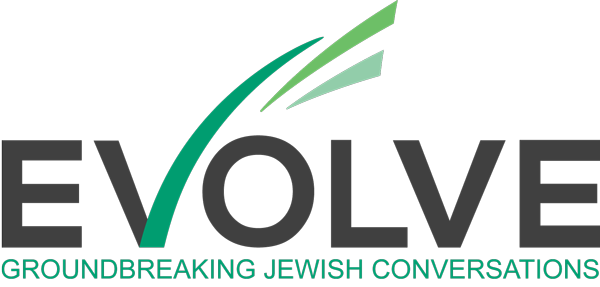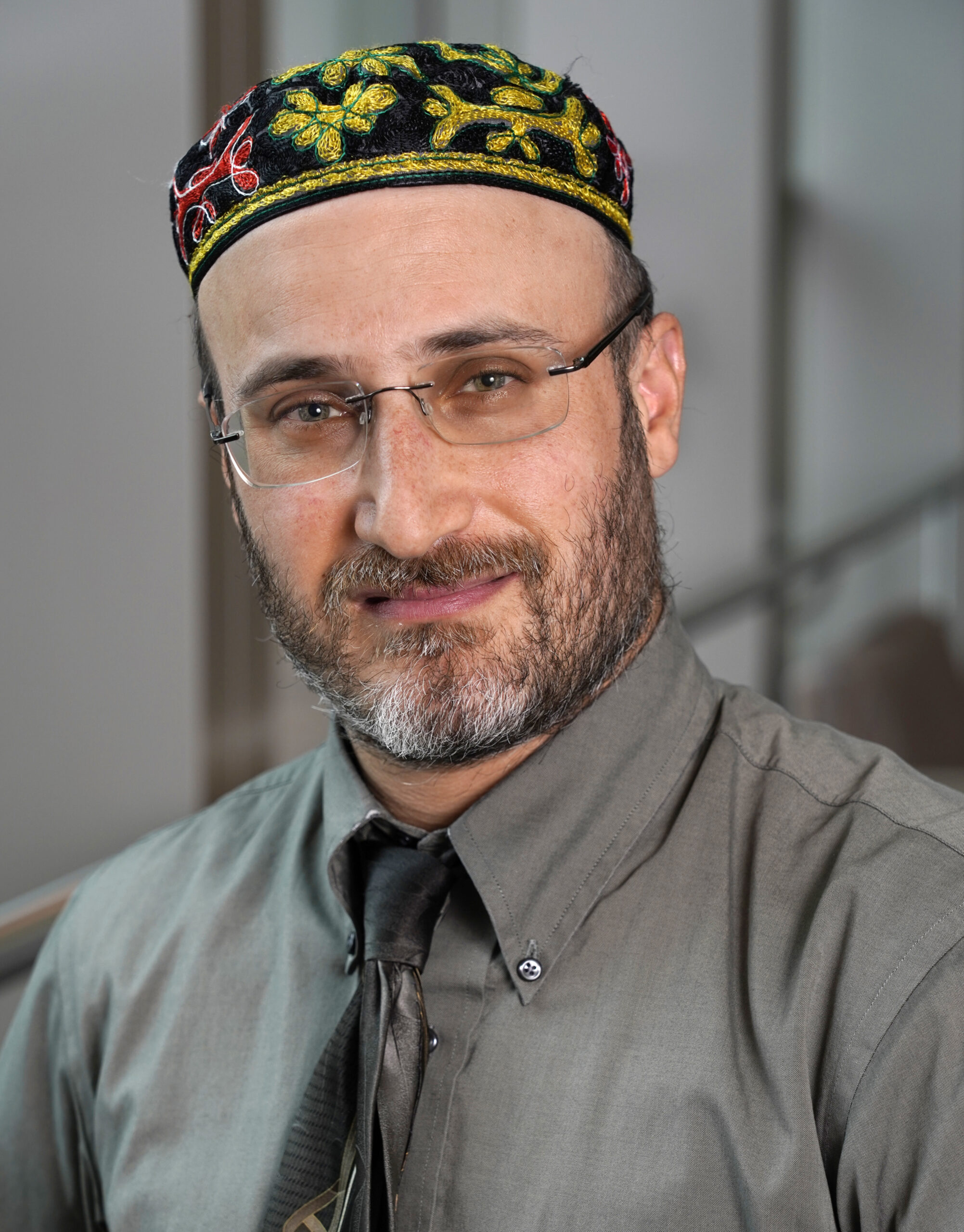The 4,000-plus members of the group “L’chaim! Jews Against the Death Penalty,” of which I am a co-founder, firmly believe that Judaism in the 21st century must unconditionally reject the death penalty. Various moral, ethical and cultural considerations motivate our feelings.
First, and arguably foremost, there is rightfully no tolerance for the execution of an individual who is innocent of an alleged capital crime. The reputable Death Penalty Information Center (DPIC) writes that, given the fallibility of human judgment, there has always been the danger that an execution could result in the killing of an innocent person. Since 1973, 200 death-row prisoners have been exonerated of the charges related to the wrongful convictions that had put them on death row. DPIC adds the following grim statistics about these human beings, which speak for themselves:
These individuals have collectively spent 2,621 years in harsh prison conditions for crimes they did not commit. On average, death row exonerees spent 13 years under the sentence of death before their exonerations, with some individuals spending more than 40 years fighting to prove their innocence. 65% of exonerees are people of color, and of them, 54% are Black, highlighting systemic racial disparities. Florida has the highest number of death row exonerations of any state (30), followed by Illinois (22) and Texas (18).
How many more innocent individuals must be released before society recognizes the fallibility of any human-crafted system of justice and stops the possibility of executing an innocent human being?
Given the fallibility of human judgment, there has always been the danger that an execution could result in the killing of an innocent person.
Jewish tradition, to be sure, forbids the execution of someone where there is any level of doubt about guilt or fairness. It is for this very reason that rabbinic tradition placed prodigious safeguards to ensure that no innocent person was put to death. Arguably, the most famous comment comes from one of the most renowned Jewish sages: the Rambam, Rabbi Moses ben Maimon, 1135-1204. Maimonides, as he is often called, was a Sephardic Jewish physician and philosopher who became one of the most prolific and influential Torah scholars of the Middle Ages. As he famously wrote of capital punishment in Sefer HaMitzvot, Prohibition 290:
It is better to acquit a thousand guilty persons than to put a single innocent one to death.
Maimonides’s charge for protection of the innocent calls to mind another famous Jewish aphorism, one that is echoed as well in other traditions: “Whoever destroys a life, it is considered as if he destroyed an entire world. And whoever saves a life, it is considered as if he saved an entire world.” (Talmud, Mishnah Sanhedrin 4:5).
Per Maimonides, the highest level of repentance occurs when the harming party (after sincerely apologizing and making restitution through restorative justice practices) is faced with the opportunity to commit the same sin again and does not do so. Until the United States of America recognizes that it continues to put to death the innocent through a broken “justice system,” apologizes for its mistakes and abolishes the death penalty so that the killing of innocents becomes an impossibility, America’s collective teshuvah/repentance will continue to fall short, with lethal consequences.
Regarding the many individuals who truthfully are guilty of heinous murder, let there be no doubt: Traditional Jewish law does indeed allow for capital punishment, albeit with prodigious safeguards. Many of the most powerful and brilliant rabbinic voices reflect this reality.
Let us recall the words of some of the loftiest figures among them: Rabbi Eliezer ben Azariah, Rabbi Tarfon and Rabbi Akiva, as found in the Talmud:
A Sanhedrin [Rabbinic court] that affects an execution once in seven years is branded a destructive tribunal. Rabbi Eliezer ben Azariah says: once in 70 years. Rabbi Tarfon and Rabbi Akiva say: Were we members of a Sanhedrin, no person would ever be put to death. [Thereupon] Rabban Simeon ben Gamaliel remarked, they would also multiply shedders of blood in Israel!” (Mishnah, Makkot 7a)
Certainly, there were dissenters — like Rabban Simeon ben Gamaliel above — who were pro-death, citing similar deterrence factors and other now antiquated notions of “justice.” Posterity can forgive them for their views, which reflected the understanding of their times, including when it comes to deterrence. They were not privy to recent meta-studies that have concluded that when it comes to deterrence, there is no demonstrable link between the presence or absence of the death penalty and murder rates.
For this reason alone, most traditional Jewish arguments for the death penalty no longer apply in our world. Rabbi Mordecai Kaplan famously taught that Jewish tradition should get a vote, not a veto. America’s continued antiquated invocation of deterrence to justify killing those who are safely incarcerated and no longer a danger to the public underscores the ongoing relevance of Kaplan’s suggested veto power for the sake of evolving social science.
When it comes to deterrence, there is no demonstrable link between the presence or absence of the death penalty and murder rates. For this reason alone, most traditional Jewish arguments for the death penalty no longer apply in our world.
But there is more that the Jewish world must consider in the wake of the Holocaust and the events of the 20th century …
Many of the members of “L’chaim! Jews Against the Death Penalty,” including this author, are direct descendants of Holocaust victims and survivors. More than most people, we know that capital punishment is different, because of the Shoah. And yet, for many L’chaim! members, the shadow of the Holocaust is inextricably linked to our firm rejection of the death penalty in all cases, including for convicted Hamas terrorists, as well as the Washington, D.C., Israeli Embassy and the Pittsburgh Tree of Life shooters.
The most common form of execution that the U.S. federal government and multiple states employ is lethal injection, which is itself a direct Nazi legacy, first implemented in human history by the Third Reich as part of their infamous Aktion T4 protocol used to kill people deemed “unworthy of life.” Dr. Karl Brandt, Adolf Hitler’s personal physician, devised that program. It is most likely this very method that would be used to kill the Tree of Life shooter. If this were not enough, across the USA, more and more states are erecting gas chambers, including one in Arizona that uses Zyklon B, the same lethal gas used in Auschwitz. No Jewish argument about the death penalty in the 21st century should ignore these facts, against which the members of L’chaim! firmly chant “NEVER AGAIN to state-sponsored murder!” For these reasons, L’chaim! members view the death penalty as one of the worst kinds of institutionalized evil that stains the United States, Israel or any other nation that employs it.
Indeed, many in the Jewish community did not object to Israel’s 1962 execution of Nazi perpetrator Adolf Eichmann. Many Jewish leaders did, however, vociferously protest. These included renowned Hebrew university philosophers Samuel Hugo Bergmann and Nathan Rotenstreich, scholar of Kabbalah Gershom Scholem, and Jewish theologian and philosopher Martin Buber, who called the execution a great “mistake.” Other Holocaust survivors themselves, such as Nobel-prize winning author, Nelly Sachs, voiced their strident opposition to Eichmann’s execution.
In light of the Holocaust, L’chaim! members view the death penalty as one of the worst kinds of institutionalized evil that stains the United States, Israel or any nation that employs it.
More than anyone, it was 20th-century Jewish human-rights icon Elie Wiesel whose words encapsulated the stand of the members of L’chaim! When asked about his feelings on capital punishment, Wiesel resolutely stated “Death is not the answer.” By the end of his life, Wiesel publicly said that he made no exception to this rule, famously adding[1]
With every cell of my being and with every fiber of my memory, I oppose the death penalty in all forms. I do not believe any civilized society should be at the service of death. I don’t think it’s human to become an agent of the angel of death.
Driven by Wiesel’s prophetic call, L’chaim members, together with our partners at Death Penalty Action, ensure there is a vocal Jewish presence at every execution vigil in the United States. We also correspond with all Americans in line for state-sponsored murder, letting them know that L’chaim! joins civilized humanity in standing with them on the side of life. L’chaim! also makes daily calls to all actively executing governors, signs daily petitions, drafts op-eds and articles like this one, delivers synagogue programs, engages in regular television, radio, and podcast interviews, and advocates vociferously against the increasing calls for executions in Israel.
In the wake of the Holocaust and the unparalleled horrors of the 20th century, 70 percent of the nations of the world have recognized the inviolability of the human right of life and have abolished the death penalty. Twenty-first-century Judaism, directly targeted by that unparalleled conflagration, must reflect this evolution and become a Tree of Life whose branches extend as a model across our world.
And so, without exception for both the innocent and the guilty, we shall continue to firmly chant L’chaim: To Life!
[1] Wiesel said this said it in a 1989 interview for Amnesty International. The statement appears in a death penalty abolitionist video they produced entitled: “Lighting the Torch of Conscience.”







